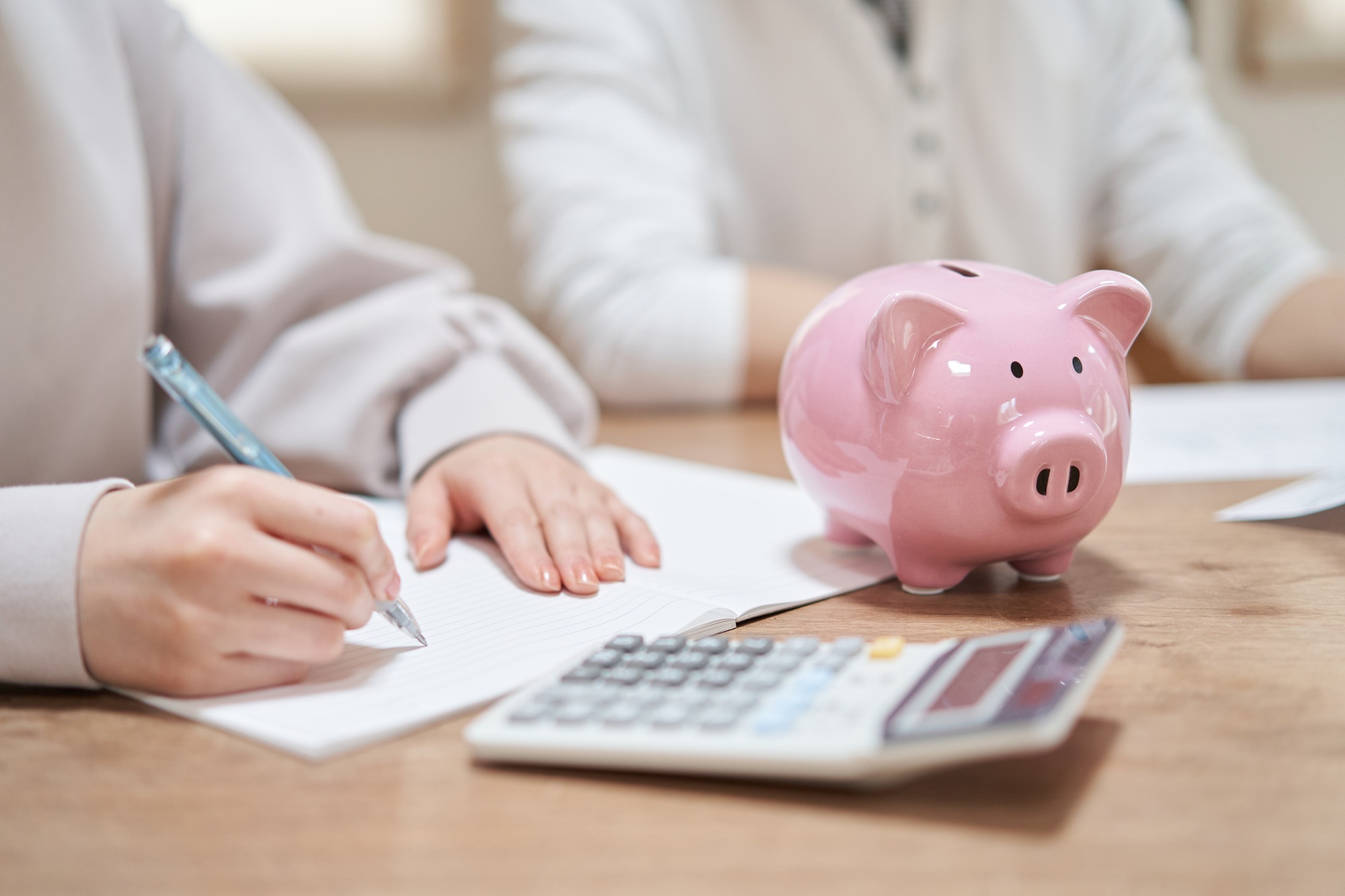Before you start investing, before you pay off debt aggressively, before you dream of that trip to Bali — you need an emergency fund. It’s the safety net that keeps your financial life from collapsing when the unexpected hits. Job loss, medical bills, a broken-down car — these aren’t rare events, they’re life. And if you’re not prepared, they can turn a small crisis into a long-term financial disaster.
What Is an Emergency Fund, Really?
An emergency fund is not just some savings account with a nice name. It’s a financial buffer that protects you from going into debt when things go wrong. It should be easily accessible, stored in a regular savings account or high-yield savings account — not in investments or locked funds.
The general rule of thumb? Save three to six months’ worth of essential expenses. That means rent or mortgage, utilities, food, insurance, and transportation — the bare minimum you need to survive without income.
How Much Is Enough?
There’s no magic number, but the amount depends on your life situation.
- Single with no kids and a stable job? Three months may be enough.
- Have a family and unstable income? Go for six months or more.
The goal isn’t perfection. The goal is resilience. Even a $1,000 cushion can be the difference between crisis and calm.
Why Credit Cards Aren’t a Substitute
It’s tempting to think, “If something happens, I’ll just put it on the card.” That’s a dangerous game. Credit cards don’t offer protection — they offer high-interest debt. And relying on debt during a stressful time only adds pressure. An emergency fund gives you options. It gives you time to think clearly without the panic of repayment.
Where to Keep Your Emergency Fund
It should be easy to access, but not too easy. A separate savings account — not connected to your everyday spending — is ideal. If it’s in your main account, it will vanish into daily expenses. If it’s locked away, you won’t be able to access it when you need it most.
Avoid investing it. The market goes up and down, but emergencies don’t wait for a bull run.
How to Build It – Even on a Tight Budget
Start small. Aim for $500. Then $1,000. Once you hit that, keep going.
- Cut one expense a month (subscriptions, takeout, etc.) and redirect it.
- Use windfalls like bonuses or tax returns to boost it faster.
- Automate a weekly transfer — even $10 adds up over time.
Building an emergency fund isn’t about how fast you do it — it’s about not stopping.
Don’t Touch It — Unless It’s Truly an Emergency
That concert ticket or surprise sale? Not an emergency. Car breaks down, your job is suddenly gone, or your dog needs surgery? That’s what it’s for.
And when you do use it, your next goal is clear: rebuild it. Life will throw something at you again — better be ready twice.
An emergency fund isn’t glamorous. It won’t make you rich overnight. But it’s the foundation of everything else in personal finance. It gives you control when life gets messy, and that’s worth more than any investment.
If you’re just starting your financial journey, forget the hacks and trends. Start here. Build your safety net — and sleep better knowing you’ve got your own back.






